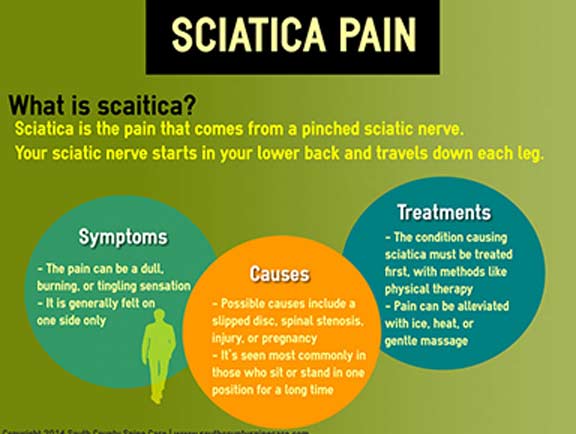The Duty Of Stance In Pain In The Back: Tips For Achieving And Preserving Good Alignment Throughout Your Day
The Duty Of Stance In Pain In The Back: Tips For Achieving And Preserving Good Alignment Throughout Your Day
Blog Article
Material Create By-McKinley Bennett
Keeping appropriate posture isn't nearly staying up right; it's about straightening your body in a way that sustains your spine and minimizes the threat of neck and back pain. The means you rest, stand, and relocate throughout the day can significantly influence your back health and wellness. Yet exactly how precisely can you make certain good alignment continually, even throughout busy days loaded with different activities? Let's delve deeper right into the subtle yet impactful adjustments you can make to your day-to-day regimen to maintain your back satisfied and healthy.
Relevance of Proper Pose
Correct posture is important in keeping a healthy and balanced back and preventing pain. When what causes lower back pain in men sit or stand with great pose, your spinal column remains in alignment, minimizing strain on your muscle mass, tendons, and joints. This placement enables the body to distribute weight equally, protecting against too much stress on certain locations that can lead to pain and pain. By keeping your spinal column properly lined up, you can likewise enhance your breathing and food digestion, as slouching can press organs and restrict their performance.
Furthermore, keeping Highly recommended Site can boost your total appearance and positive self-image. When you stand tall with your shoulders back and head held high, you exhibit confidence and appear more approachable. Excellent stance can additionally make you really feel extra energized and sharp, as it promotes correct blood circulation and permits your muscle mass to work efficiently.
Incorporating proper posture right into your everyday routine, whether resting at a desk, strolling, or working out, is important for preventing neck and back pain and promoting overall well-being. Remember, a little modification in exactly how you hold on your own can make a substantial distinction in exactly how you feel and work throughout the day.
Common Postural Mistakes
When it involves maintaining excellent position, lots of people unwittingly make common blunders that can add to neck and back pain and pain. Among the most prevalent errors is slumping over or stooping over while resting or standing. https://spencerjeysm.bloggip.com/30707763/discover-exactly-how-chiropractic-care-can-open-pain-relief-and-wellness-unlock-the-key-to-a-much-healthier-pain-free-life-today on the back and can cause muscle mass inequalities and pain in the long run.
One more common error is overarching the lower back, which can flatten the all-natural curve of the back and trigger pain. Furthermore, going across legs while resting might really feel comfortable, however it can develop an inequality in the hips and pelvis, bring about postural problems.
Making use of a cushion that's as well soft or as well solid while sleeping can likewise impact your alignment and add to pain in the back. Last but not least, continuously craning your neck to check out screens or adjusting your position regularly can strain the neck and shoulders. Being mindful of these common postural mistakes can aid you keep far better positioning and minimize the threat of pain in the back.
Tips for Correcting Placement
To boost your positioning and minimize back pain, it's vital to concentrate on making small changes throughout your day-to-day regimen. Begin by being mindful of your stance. When resting, ensure your feet are level on the flooring, your back is straight, and your shoulders are kicked back. Prevent slouching or leaning to one side. Usage ergonomic chairs or cushions to sustain your lower back.
When standing, disperse your weight uniformly on both feet, maintain your knees a little curved, and embed your hips. Involve your core muscle mass to support your back. Take breaks to extend and walk if you have an inactive task. Incorporate workouts that enhance your core and back muscle mass, such as planks or bridges.
While resting, use a pillow that sustains the all-natural contour of your neck to preserve appropriate spinal positioning. Avoid sleeping on your belly, as it can stress your neck and back. By bearing in mind these tips and making small adjustments, you can gradually remedy your placement and reduce back pain.
Conclusion
Bear in mind, maintaining excellent posture is essential to avoid pain in the back and advertising spinal health. By being mindful of your alignment, distributing weight equally, and engaging your core muscles, you can lower pressure on your back and decrease the danger of discomfort and injury. Integrate ergonomic support, take routine breaks to stretch, and reinforce your core and back muscles to maintain correct alignment throughout the day. Your back will certainly thanks for it!
